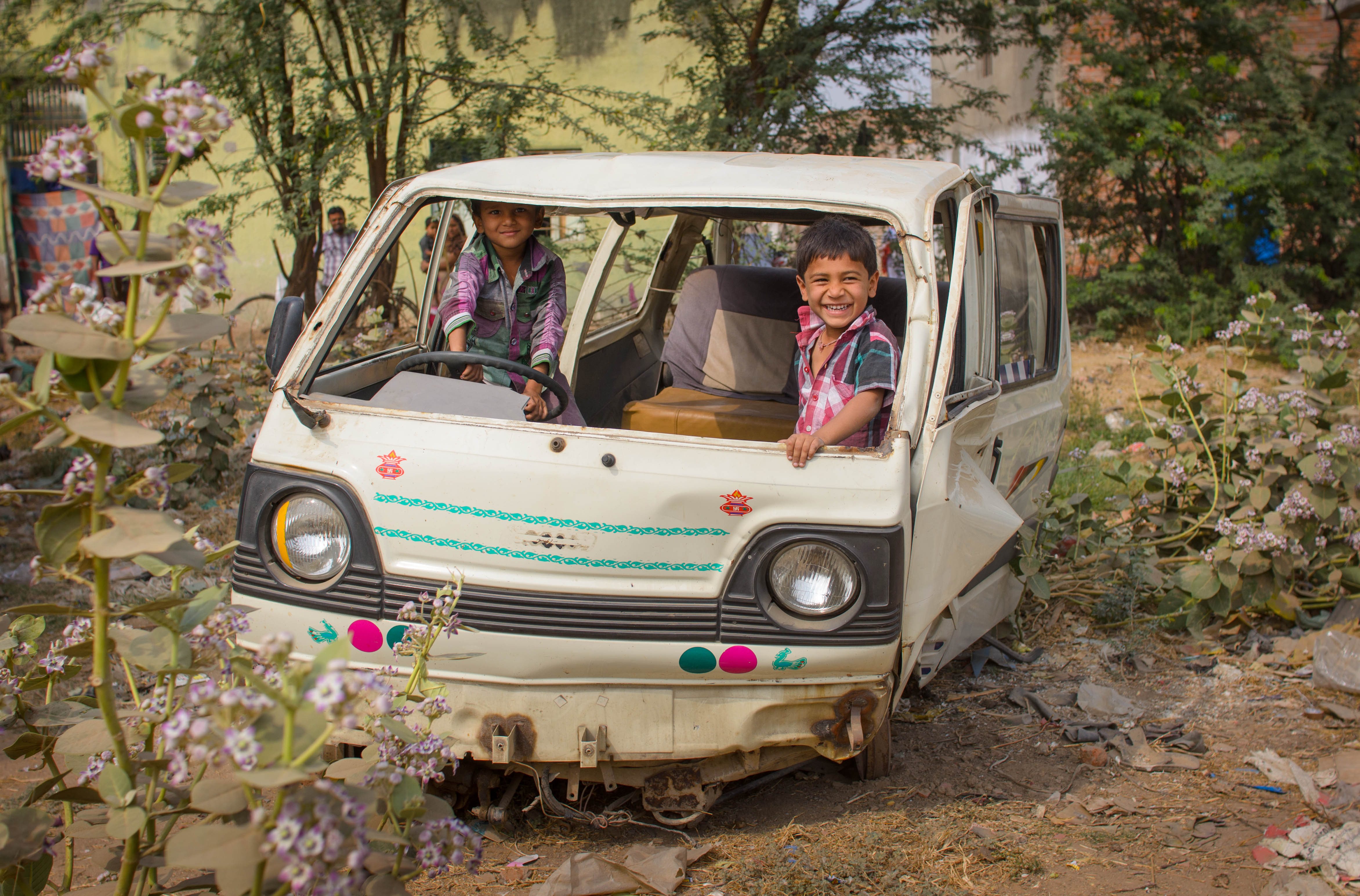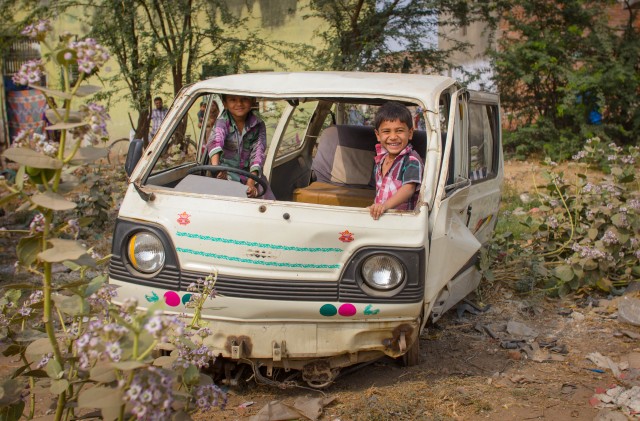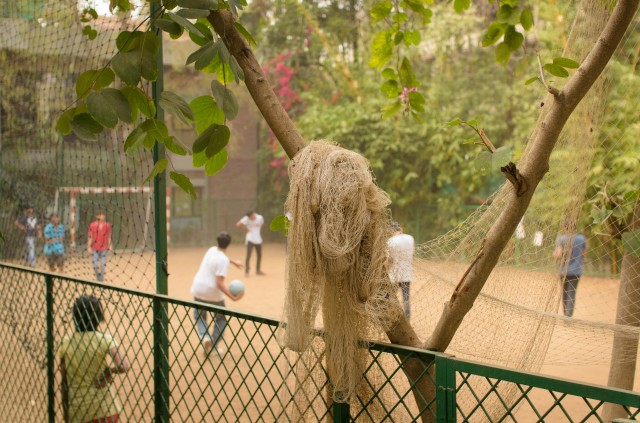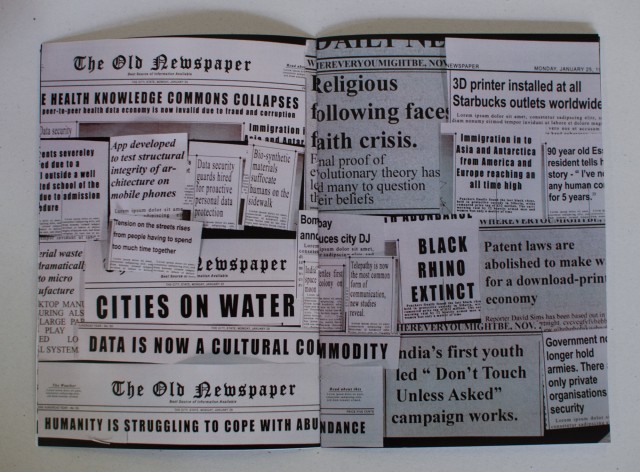Future Cities: Starting From Scratch
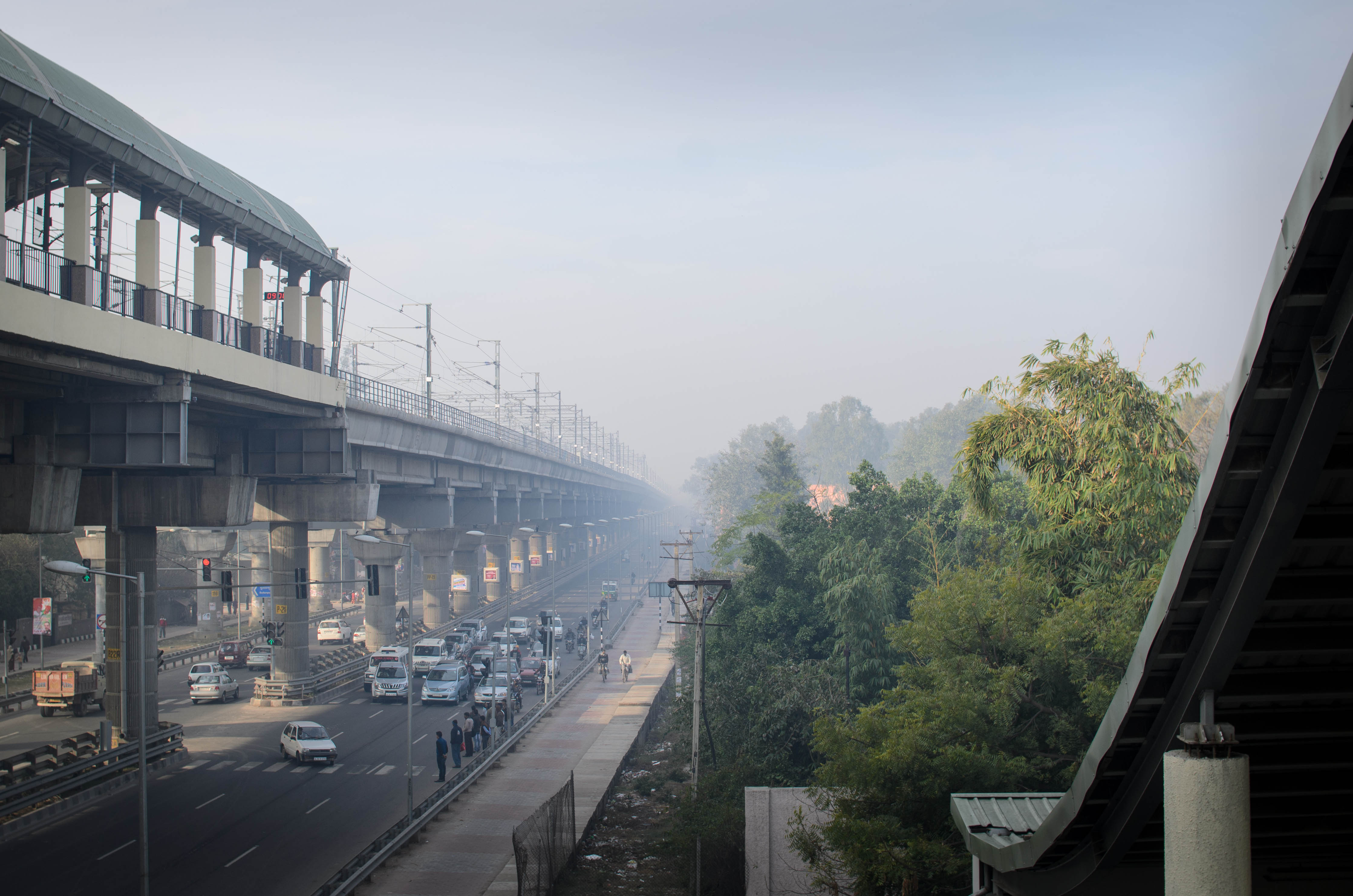
Ben Barker
29th March 2014
As I write this we’ve taxied to the far side of Heathrow. Through the window are a beige 7 storey car park, an angular carrier plane and 2 cars on a road just beyond the footprint of the airport. We’re waiting for clearance on an Air India flight, first to Mumbai, then on to Ahmedabad.
We are in Ballard country. Through the window is his proto-city. Not the airport itself, but the spaces that grew around it, turned from London and it’s institutions, freed to be a new type of urban, a city built for speed. To Ballard, Heathrow and it’s suburbs were places built around anonymity, efficiency and a decoupling from the heavy gravity of London. Most of all the Heathrow Hilton:
“The Heathrow Hilton, designed by Michael Manser, is a masterpiece…Sitting in its atrium one becomes, briefly, a more advanced kind of human being. Within this remarkable building one feels no emotions and could never fall in love, or need to. I’d like everything to be like that. I’d like England to look as if everybody was getting ready to leave for Mars.”
There are parallels in Ballards Heathrow to the modern narrative of the smart city, sold through glossy adverts and soulless urbanites. As Adam Greefield points out in his pamphlet Against the Smart City big technologies vision of the future city is being built from scratch in the desert, places such as PlanIT Valley in Portugal or Kochi in India. They are urban spaces built around a vision, rather than on top of other institutions. They are places without concession. Although most of us have never been to the parties, homes or offices depicted and they bare no resemblance to our experience, big technologies view of the future is still carving the deepest channel in our cities.
Concrete Island, Ballard’s book about a man marooned in the negative space between two flyovers tells a deeper truth about urban life. Trapped in the un designed margin, the protagonist is forced to adapt, a 20th century Alexander Selkirk, which for me recalls images of ingenuity and compromise from Delhi and last years Unbox. There this same triangle of land was a dwelling, a garden centre or a bike repair stall. Cities are people and things in improbable places. It’s the bar down the seedy side street, the theatre piece in a disused office. The city is a collection of potential spaces, impossible to know entirely. It’s a patchwork not just stitched by services and data, but stories experienced together and apart.
So whilst in Ahmedabad, I’ll be thinking about how we convey human experience in the future city. Our storytelling is often limited to measurability, impact and scale. We show a future of data zipping to expectant end points and people freed from impulse. How do we support cities that think it’s just as important to have intrigue and disappointment?
If Microsoft, Cisco and IBM all get to have their dream city, what is our sensation and experience driven city? In the Hilton, Ballard got his functional Corbusian dream but what spaces would we build in the blank slate paradigm? If we went now to found a city in the desert, what if anything, would we take from the suburbs of Heathrow, from the IT Valleys of Portugal and from beneath the flyovers of Dehli? Then, what institutions and spaces would we build to support them?
Now, first flight over I’m in Mumbai airport, sat in the new and other-wordly Terminal 2, waiting for a flight to Ahmedabad. Stuffed with seven thousand pieces of art from the last 1500 years, it’s billed as the one of the largest public displays in the world. But as Naresh Fernandes points out, it’s only public once you’ve bought an international flight. So in Mumbai, as in Ballards Hilton, and in Plan IT valley, this vision of the future is privately owned, built without concession and not for everyone. I’m looking forward to seeing what Ahmedabad and the Unbox programme provokes that might challenge the current offer.
—-
Other reading:
Ballard: Cities Built for Speed
Matt Ward: Boring Urban Spaces.

